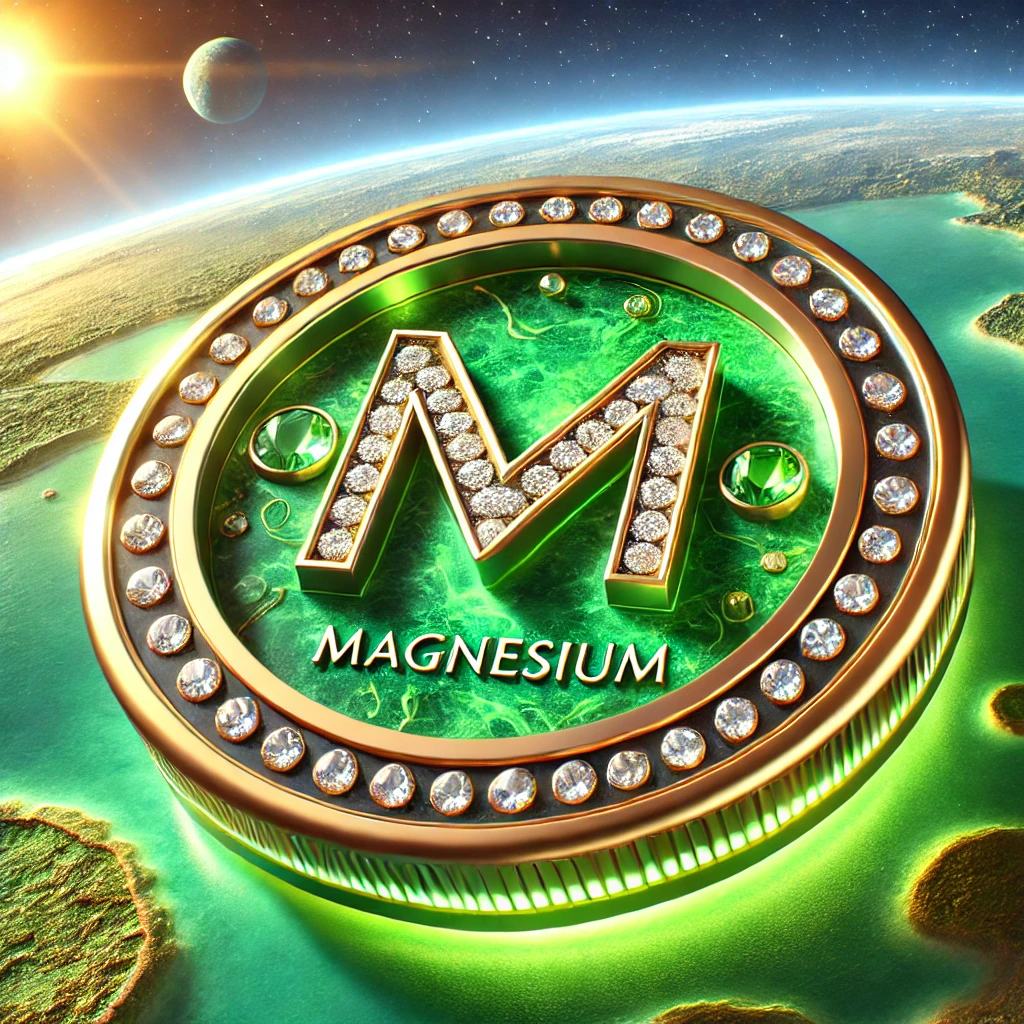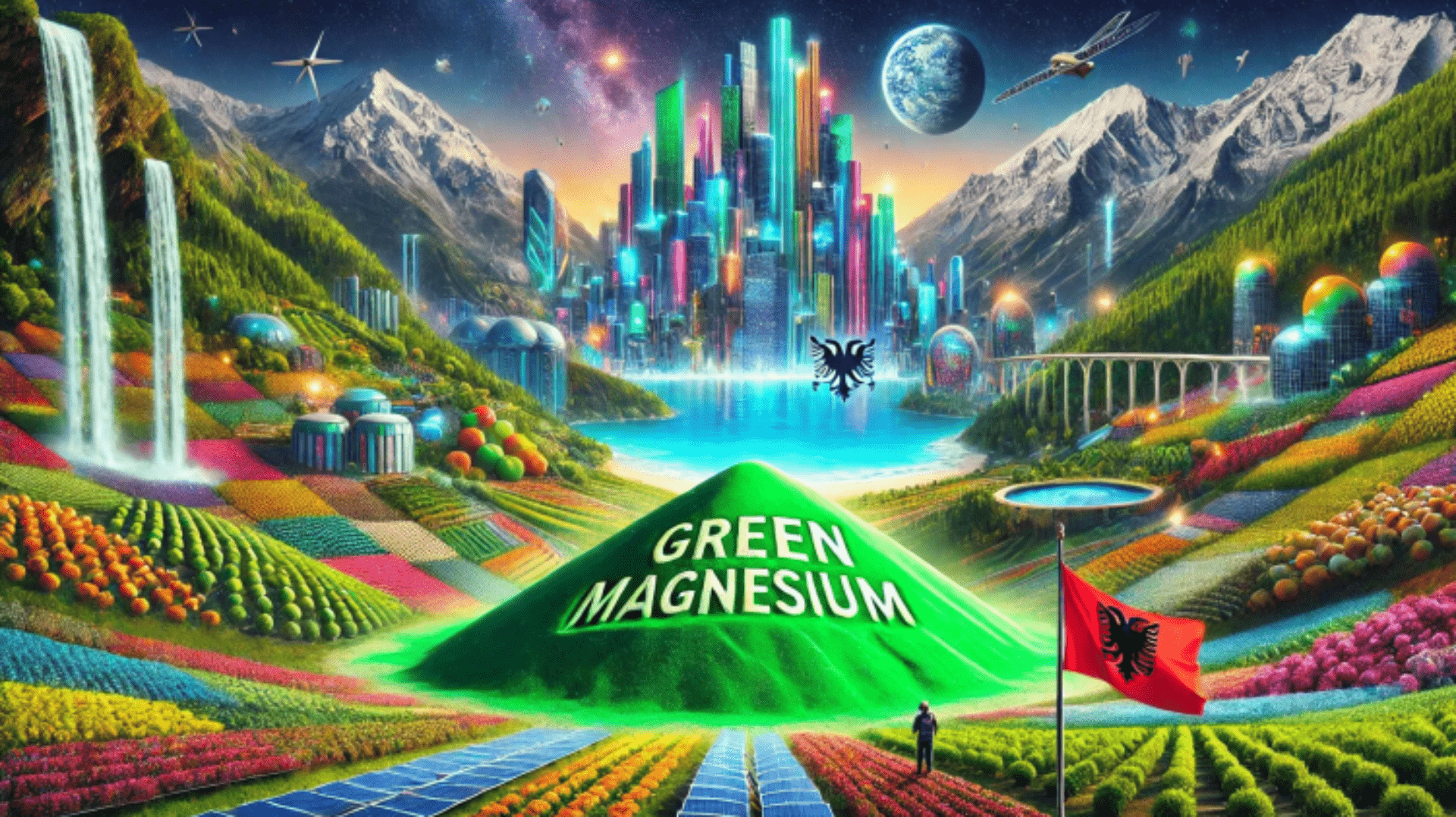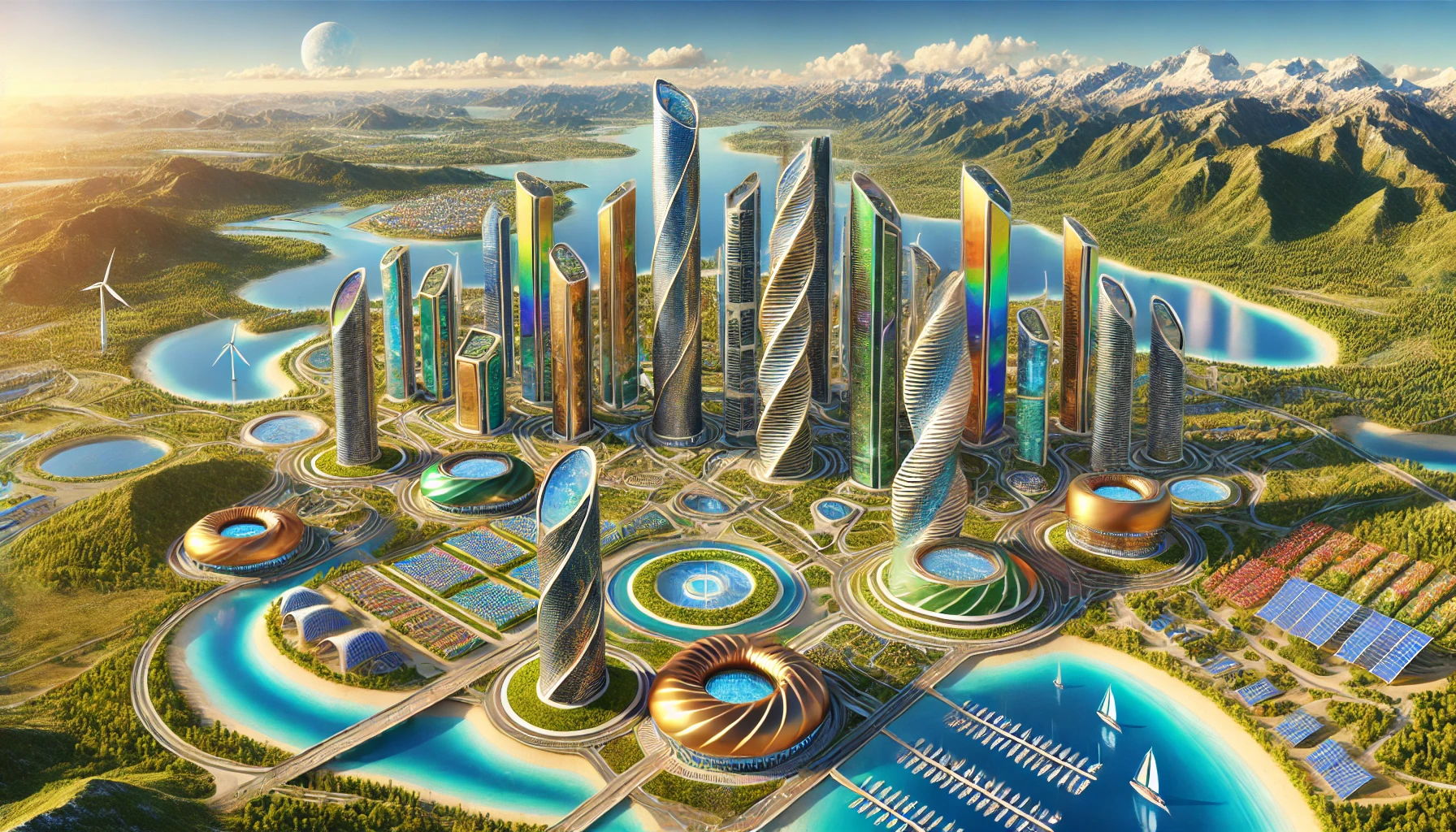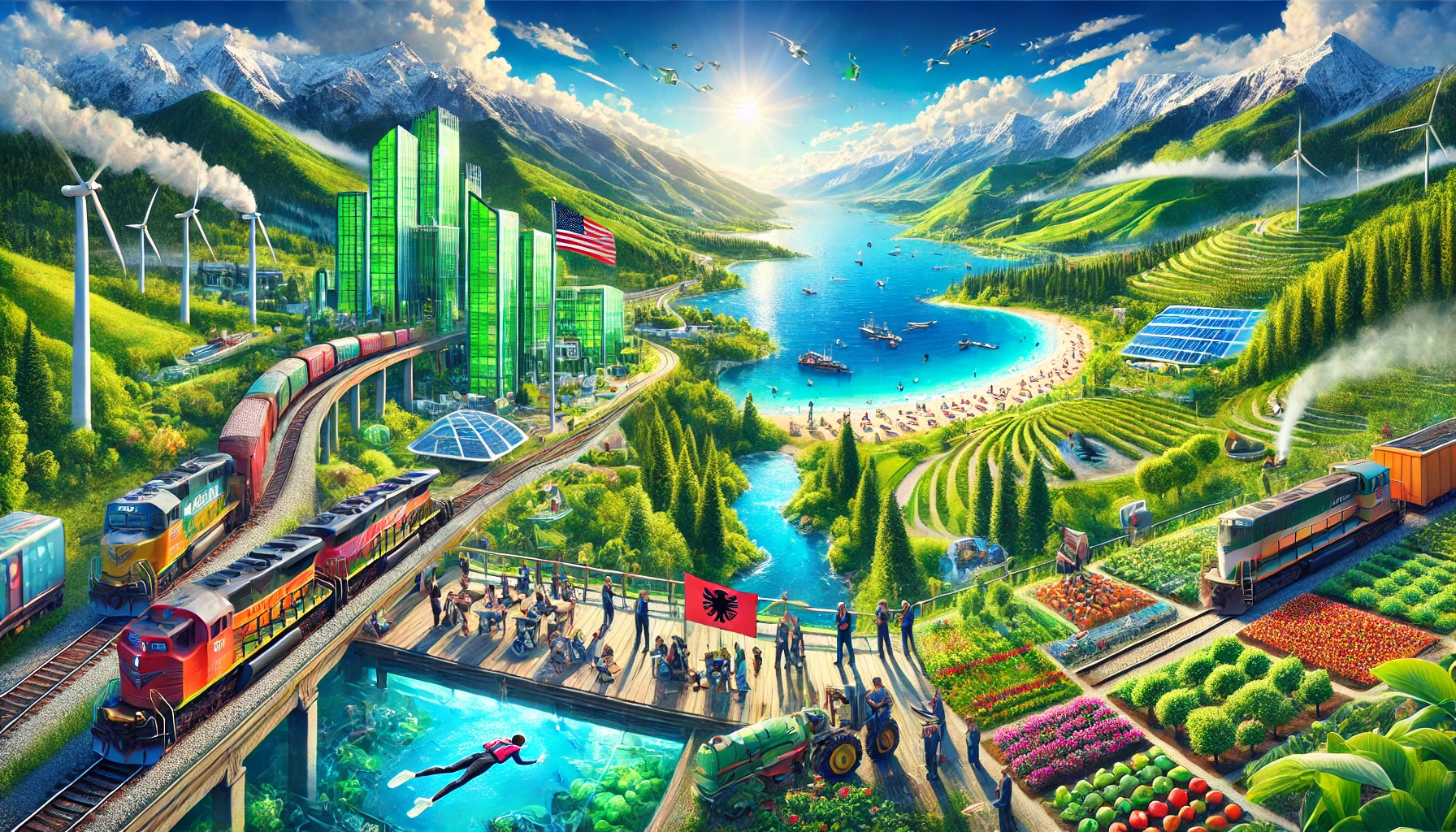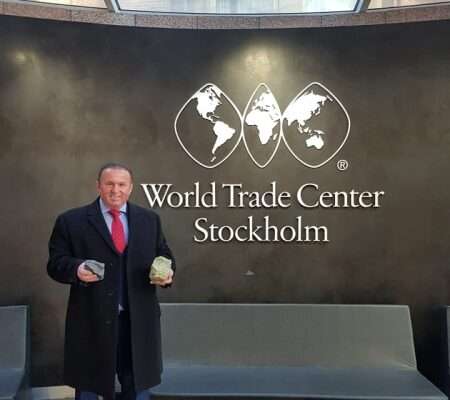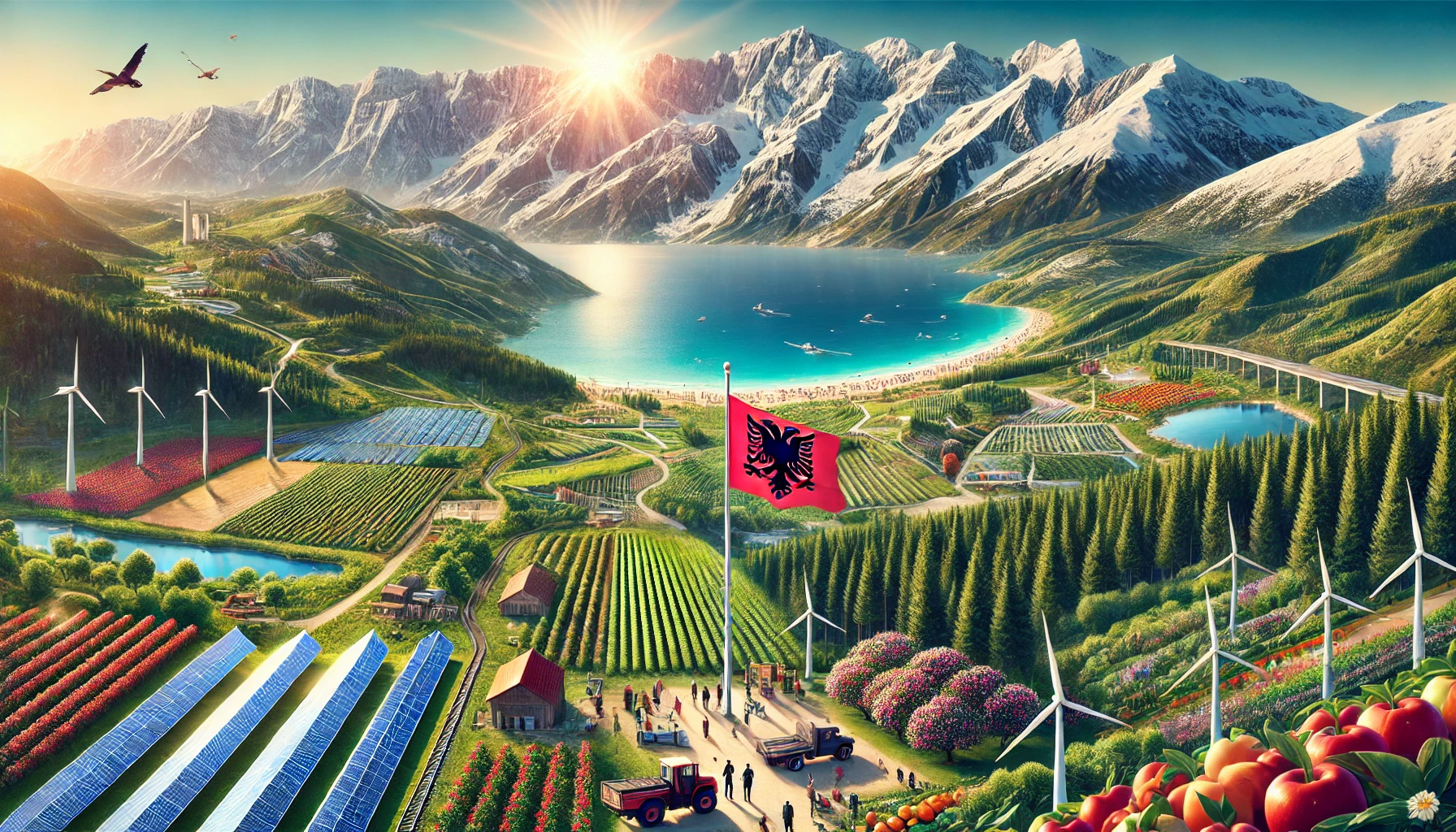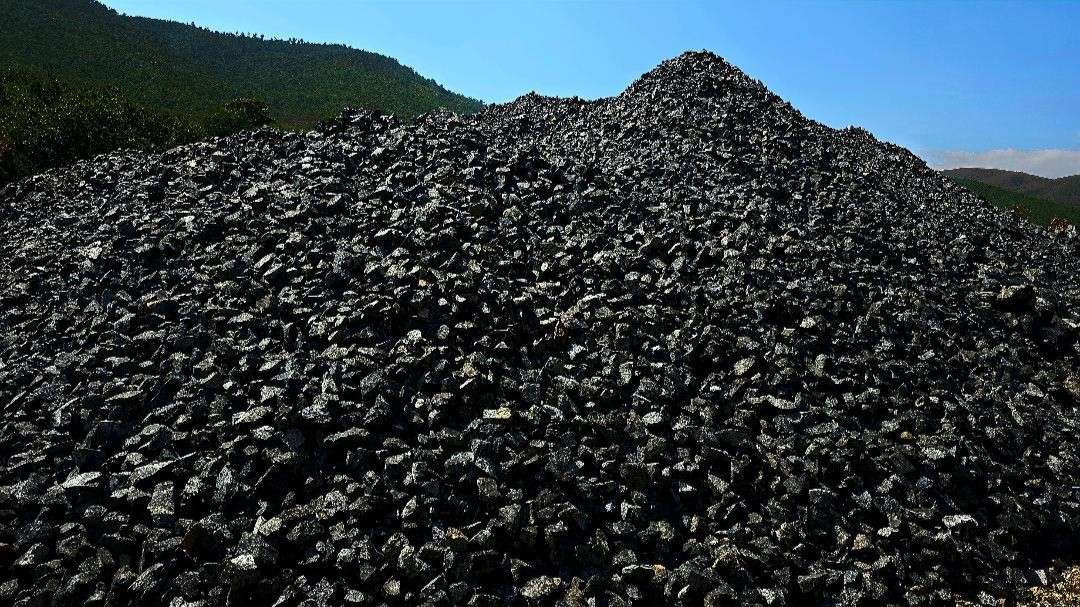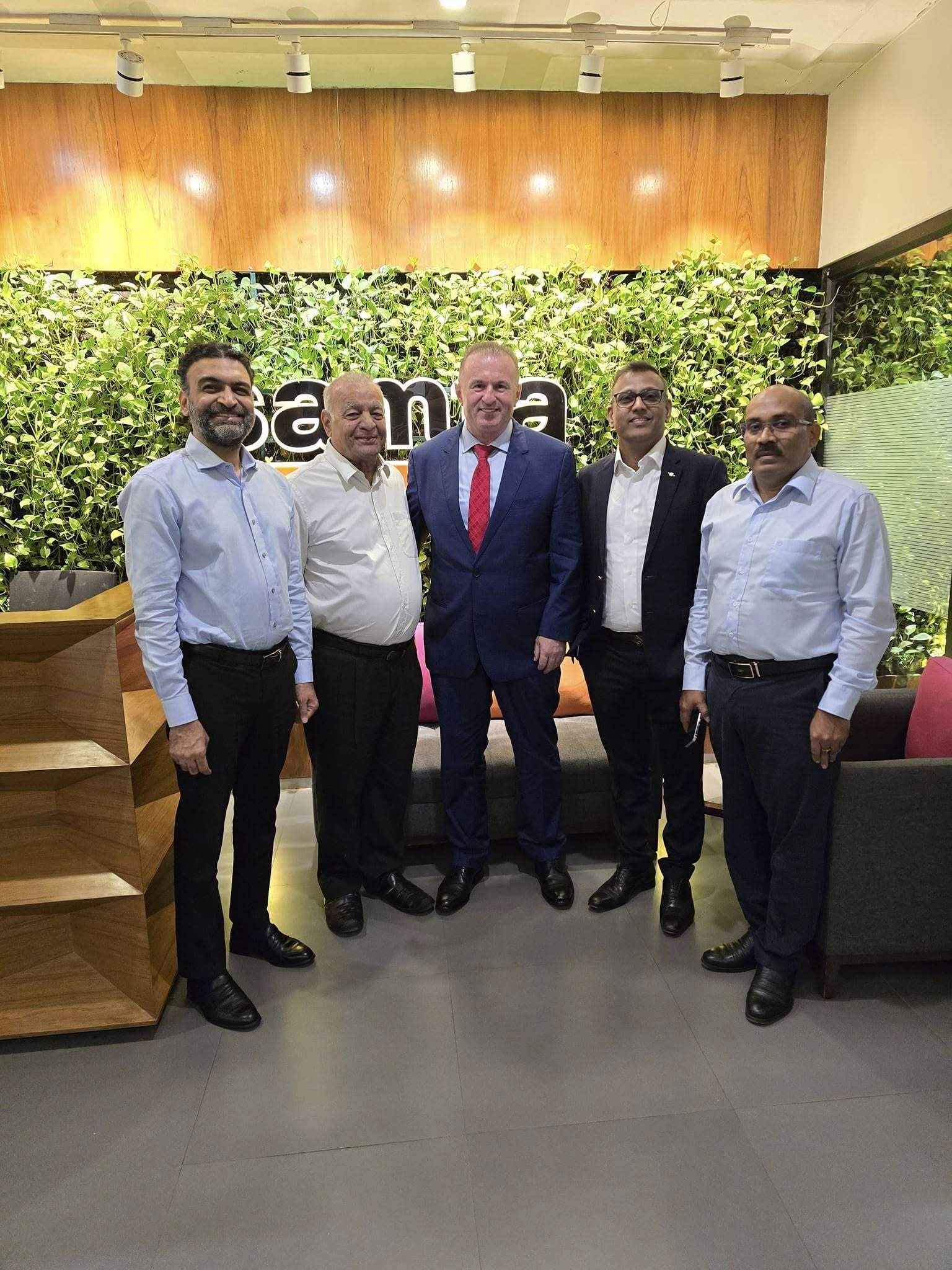
With a current population exceeding 1.417 billion, as of Tuesday, May 14, 2024, based on the latest United Nations data as elaborated by Worldometer, India boasts unparalleled potential for consumer base expansion on a global scale. The expanse of mineral trading potential within India resonates deeply with the nation’s continuous pursuit of economic growth and developmental ambitions. Across industrial, manufacturing, and infrastructure sectors, India cultivates a rich tapestry of mineral imports to satisfy its multifaceted requirements.
At the forefront of these imports lies crude oil, an indispensable lifeline for India’s energy sustenance, drawn from the wells of nations like Iraq, Saudi Arabia, Iran, and the United Arab Emirates. Furthermore, India boasts a formidable position as one of the world’s foremost importers of gold and silver, its acquisitions serving as keystones in the realms of jewelry craftsmanship, investment endeavors, and venerable cultural rites.
Despite its commendable coal production prowess, India adorns its domestic output with coal imports, a strategic supplement to fuel critical domains encompassing power generation and steel manufacturing. Embracing the imperative of cleaner energy solutions, India welcomes liquefied natural gas (LNG) from realms as diverse as Qatar, Australia, and the United States.
The orchestration of India’s copper smelting and refining industry hinges upon the importation of copper concentrates sourced from distant lands like Chile, Peru, and Indonesia. Likewise, aluminum imports weave a thread through the fabric of India’s industrial sectors, spanning constructions, automotive domains, and aerospace endeavors, sourced from bastions of production such as China, the United Arab Emirates, and Canada.
From the mineral-rich lands of Morocco, Jordan, and Saudi Arabia, India secures phosphoric acid, a linchpin in the edifice of fertilizer production. Concurrently, the importation of sulfur from realms as distant as Qatar, Saudi Arabia, and Iraq, plays a pivotal role in both the cultivation of fertilizers and the orchestration of industrial processes. Essential to the nourishment of agricultural lands, potassium chloride journeys from lands as varied as Canada, Russia, and Belarus to India’s shores.
In bolstering its manufacturing prowess, particularly in the realm of stainless steel production, India draws upon the reservoirs of nickel and nickel ore sourced from distant corners like Indonesia, Australia, and the Philippines.
While the ebb and flow of volumes and values in these mineral imports wax and wane with the tides of domestic demands, global market dynamics, and governmental directives, India’s steadfast reliance on mineral imports underscores its indelible imprint on the canvas of global trade dynamics.
India’s economic landscape is characterized by robust growth, positioning it as one of the foremost emerging economies worldwide. Despite occasional fluctuations, its trajectory remains promising, buoyed by a confluence of factors including a burgeoning young population, rapid urbanization, and sustained economic reforms.
The demographic makeup of India, with a significant proportion under the age of 35, constitutes a demographic dividend—a potent driver of economic prosperity. This youthful workforce imbues the nation with vitality and innovation, propelling it towards sustained growth and development.
As the second-most populous country globally, India offers an expansive consumer market ripe with possibilities. Increasing affluence, a burgeoning middle class, and urbanization trends converge to create a fertile ground for businesses across diverse sectors, promising lucrative returns on investment.
The Indian government’s proactive stance in implementing strategic initiatives further fortifies the investment landscape. From the “Make in India” campaign to infrastructural enhancements and initiatives aimed at fostering a conducive business environment, policymakers are committed to catalyzing economic growth and fostering a vibrant investment climate.
India’s trajectory of technological and innovative advancements is nothing short of remarkable. Thriving sectors such as information technology, biotechnology, and renewable energy are at the forefront of innovation, offering fertile ground for investment in burgeoning startups and nascent industries.
Moreover, India’s increasing integration into the global economy through strategic trade agreements, foreign investments, and active participation in international forums positions it as a pivotal player on the world stage. This affords investors unprecedented access to global markets and avenues for collaboration with international partners.
Investing in India also presents an invaluable opportunity for geographical diversification, mitigating risks associated with economic volatility and geopolitical uncertainties. By diversifying across different countries, investors can safeguard their portfolios against localized disruptions, ensuring sustained returns over the long term.
In summary, India’s economic dynamism, demographic dividend, expansive market potential, proactive governance, technological prowess, global integration, and diversification benefits collectively render it an irresistible destination for discerning long-term investors seeking exponential growth opportunities.
Sahit Muja
New York





















